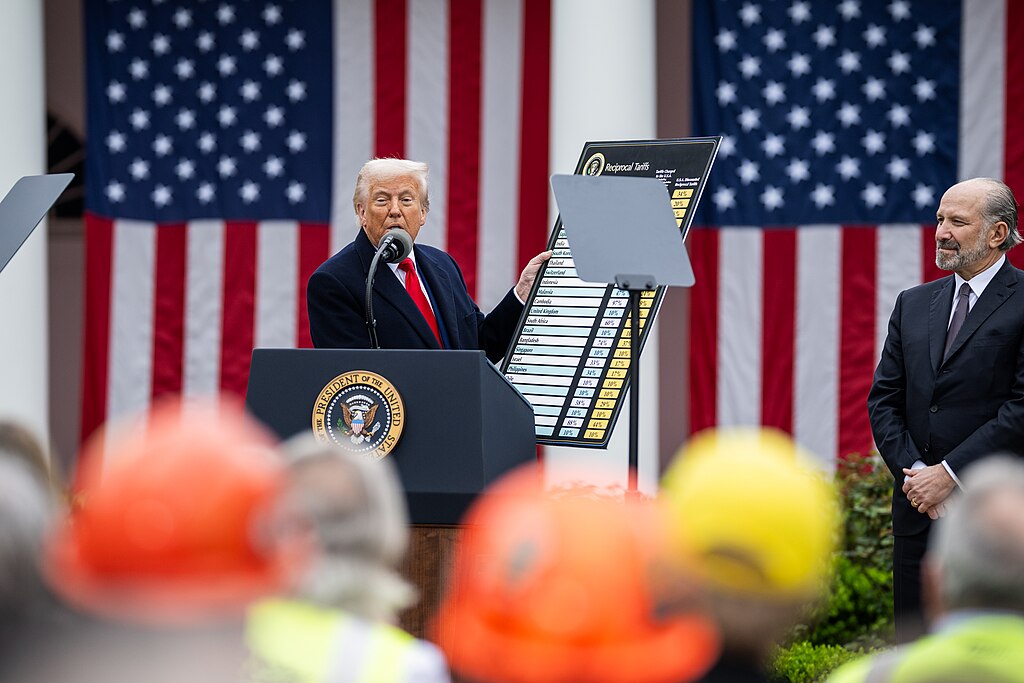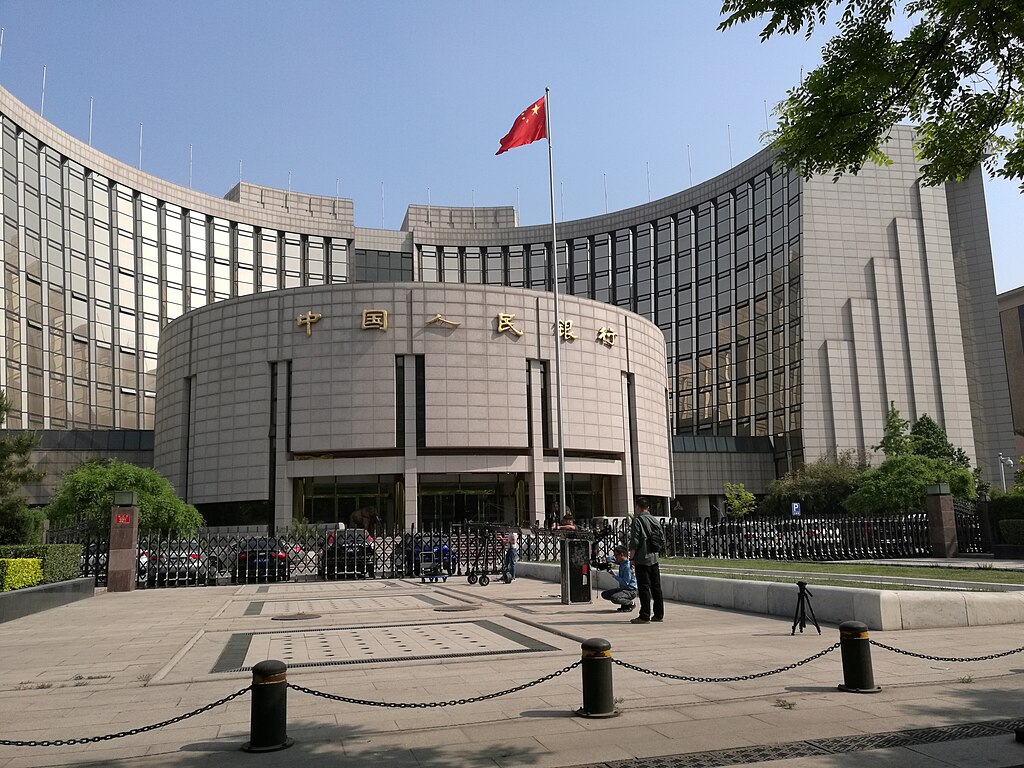Blockchain’s potential contribution in making the environment green has been discussed at the Hyperledger Global Forum, Coindesk reported.
Hyperledger Executive Director Brian Behlendorf shared how blockchain’s traceability can contribute to meet the goals of the Paris Agreement. He first used diamond-tracking blockchain Everledger as an example. According to him, there are real commercial reasons that consumers want to verify where the diamond they purchase comes from and that’s to see if it’s from a factory and if it didn’t come through slave labor. The same principle can be used for climate change.
“A blockchain purely for social impact might be challenging to get enough critical mass,” said Behlendorf.
“This will depend upon a regulatory environment and a trustworthy set of auditors, but also commercial motivation for companies to reduce their emissions – using the blockchain as a way to keep track of who is emitting what and getting credit for cutting your emissions.”
The automobile industry can use blockchain to track how batteries are built and how emission rates are. Car manufacturers are interested in this because they have carbon neutrality targets and buying a slightly expensive electric battery component from a manufacturer that uses hydropower could knock five years off their carbon neutrality footprint.
“You can’t reduce something you can’t measure,” said Circulor CEO Doug Johnson-Poensgen. “So if this is the flow of my material and I understand the carbon footprint of each segment of transport or manufacture along that way, I can engage my tier-one suppliers, my battery manufacturer, for example, in a conversation about balancing sustainability with price. At the moment it’s all about price.”
In January, Hyperledger announced the Hyperledger Climate Action and Accounting Special Interest Group (SIG) at the World Economic Forum’s annual meeting. The group aims to bring its stakeholders together to examine different climate-related use cases.


























Comment 4